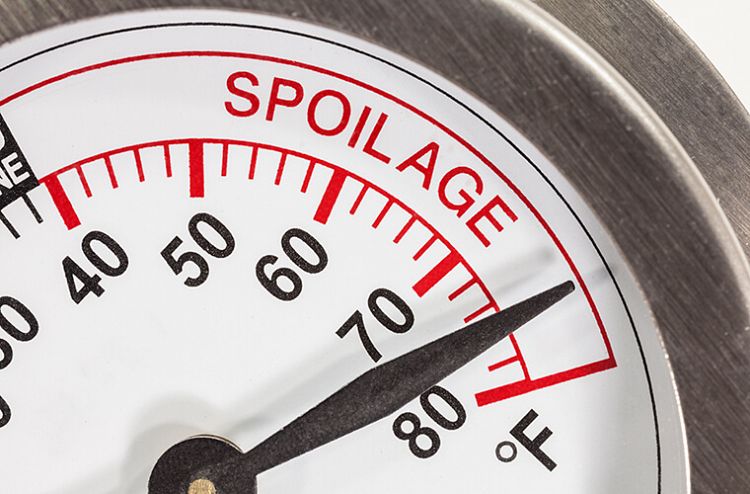Improper cold storage practices and hiccups in the cold chain can lead to a variety of storage problems including product spoilage and the risk of refreezing. Whilst some issues are simply unavoidable, others can be tackled with good cold storage practices.

First in, first out
One of the simplest cold storage practices you should be using to prevent spoilage is the first in, first out technique.
This system is the same one used by shelf stackers in supermarkets and ensures that older products with a shorter shelf life are brought to the front or removed, before new products are stored.
By successfully implementing this system for your cold storage units, you could potentially eliminate all spoilage issues.
Remember to train your employees correctly in the first in, first out technique and regularly remind them of its importance.

Avoid over packing
Over packing your refrigerated containers and blast freezer units is possibly the worst thing you can do to your goods, as it can ruin an entire units worth of produce in a matter of days.
Much like overfilling a frying pan, over packing a cold store unit can rapidly bring down the temperature inside. Not only will this take goods outside of the safe temperatures required for distribution and sale, it could cause produce to thaw and refreeze, leaving you with a sub-standard and potentially dangerous product.
If there’s any possibility of your stock intake increasing in the future, invest in a larger cold storage unit now. This way, you can keep up with demand without jeopardising the safety of your goods and your customers.
With a range of refrigerated containers and freezers available on the market, there’s simply no excuse for owning a unit that cannot cope with the needs of your business.

Temperature checks
Most high quality cold store units come with 24 hour temperature control and monitoring but that doesn’t mean someone will be on hand to keep watch 24/7.
To avoid missing any unusual drops or rises in temperature, have a designated member of staff on hand to check and record each cold store unit once or twice a day, every day. Picking up on temperature problems sooner rather than later, will help you to identify and combat the problem more efficiently.
Unfortunately, there are a number of scenarios where cool cargo can experience a drop in temperature. This is why regular temperature checks are essential at the point of harvest or manufacture, all the way through the cold chain process.
From distribution stop off points to commercial retailers, checks should be undertaken and recorded regularly for a safe and superior product.

Proper packaging
Are your packaging methods and materials up to a high enough standard? If you haven’t changed the way you package your goods in a long time, you might be missing out on newer packing materials that are not only more hygienic but more compact too.
Poorly packaged goods are more susceptible to problems like freezer burn and cross contamination. If you’re serious about preventing spoilage, then you should treat your packaging as seriously as you treat customer safety.
All products should be well sealed, with no risk of direct exposure to your cold store unit. Alongside this, packaging should be strong, as well as clean and hygienic for a superior product.













